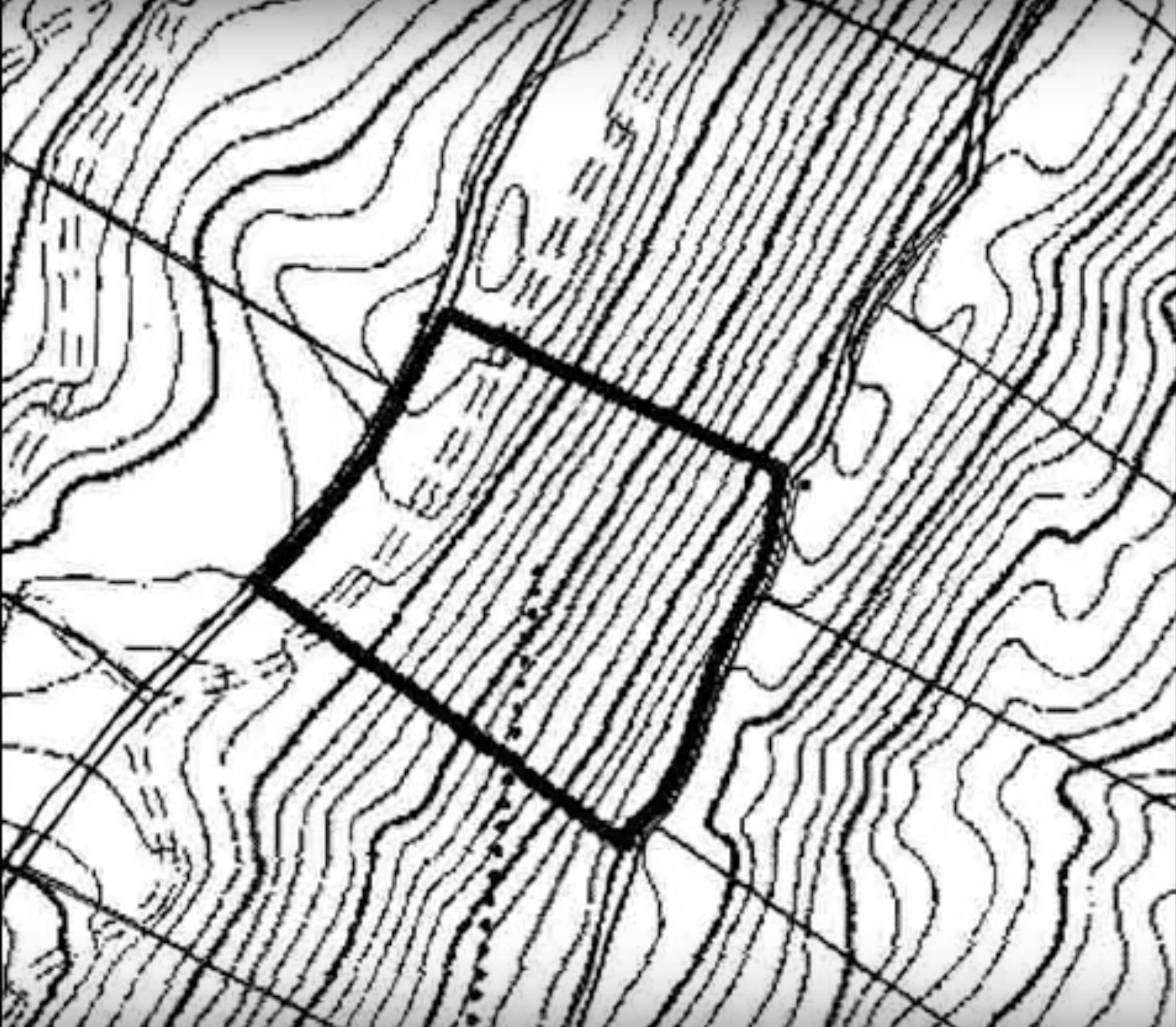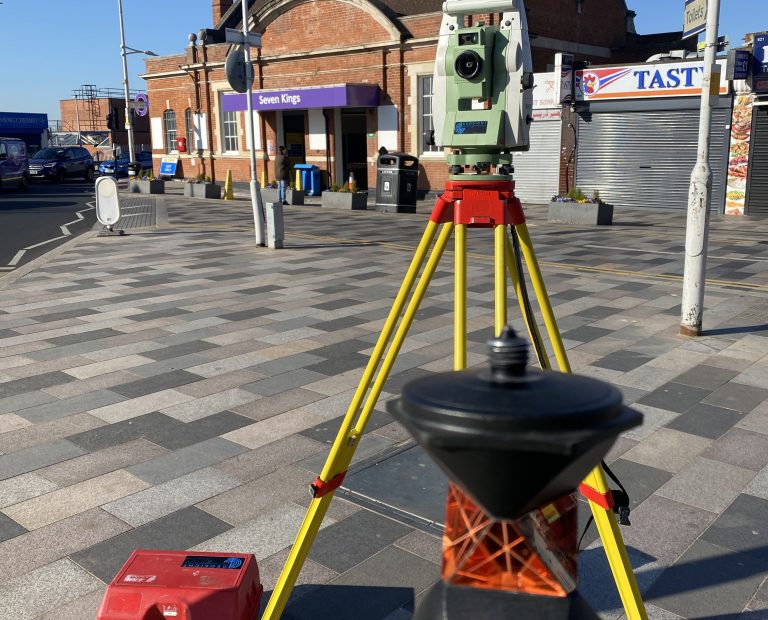Necessary Tools and Methods in Laying Out Engineering
The discipline of laying out design depends heavily on a suite of necessary tools and methods that underpin the accuracy and effectiveness of project execution. Instruments such as surveyor's degrees, overall stations, and progressed GPS modern technology are indispensable for developing exact recommendation points. In addition, the assimilation of standard methods with modern methods, including geospatial evaluation and 3D modeling, supplies significant advantages in envisioning website conditions. Understanding just how these components communicate is critical for enhancing and decreasing errors project end results, yet the subtleties of their application commonly remain ignored. What implications does this hold for future design techniques?
The Significance of Accurate Measurements

The value of precise dimensions extends past simple conformity; they are integral to the general performance of engineering procedures. Errors can lead to material waste, task hold-ups, and increased labor expenses, inevitably influencing the project's bottom line. In addition, precise measurements improve the high quality of the last item, ensuring that it carries out as meant and meets the assumptions of stakeholders - setting out engineering.
In addition, the relevance of exact dimensions is apparent in various design techniques, including civil, mechanical, and electrical design. Therefore, fostering a culture that focuses on accuracy is important for the future of engineering.
Crucial Devices for Laying Out
Setting out, a critical stage in the engineering and building and construction procedure, depends greatly on particular devices that guarantee exact place and placement of structures. Amongst these devices, the property surveyor's degree sticks out, providing exact straight measurements necessary for establishing recommendation factors. This instrument makes it possible for engineers to establish elevation adjustments and maintain uniformity throughout the project site.
The total station is another essential device, integrating digital distance dimension with angular measurement capabilities. This modern technology enhances effectiveness and accuracy in recording spatial information, enabling efficient website layout and planning.
Furthermore, the use of gauging tapes and noting devices, such as chalk lines or risks, is fundamental for briefly marking limits and crucial points on the site. These basic tools, though easy, are important for making certain clear interaction amongst the construction group regarding project requirements.
Lastly, GPS technology has gained traction in laying out processes, supplying real-time placing data and substantially boosting precision over standard techniques. Collectively, these vital tools form the backbone of reliable laying out methods, eventually contributing to the effective implementation of design and building projects.
Advanced Surveying Strategies
Advanced evaluating methods play a critical role in boosting the accuracy and effectiveness of engineering projects. These techniques include an array of techniques that supply precise information for layout and construction. Typical methods, such as leveling and triangulation, have evolved into extra innovative methods, including Complete Station studies and Worldwide Navigating Satellite Solution (GNSS)
Total Terminal devices incorporate electronic theodolites with range measurement abilities, allowing land surveyors to gather specific place information with great rate. This technology significantly minimizes mistakes related to hands-on measurements and offers real-time information handling. Moreover, GNSS provides unparalleled accuracy for large tasks by using satellite signals to establish precise positioning, which is essential for ensuring and aligning frameworks conformity with design specs.
In enhancement to these tools, advanced methods also integrate geospatial evaluation and 3D modeling. These techniques make it possible for designers to visualize terrain and site conditions better, promoting far better decision-making throughout the preparation stage. By using these innovative evaluating strategies, design tasks can achieve greater accuracy in format, lower rework, and ultimately boost total task success.
Digital Technology in Design
The integration of digital modern technology has revolutionized design techniques, enhancing both productivity and accuracy throughout numerous disciplines. Tools such as Structure Details Modeling (BIM) help with the visualization and management of complicated projects, permitting designers to collaborate perfectly and make educated decisions. This modern technology enables the creation of thorough 3D models, which can be evaluated for structural integrity and effectiveness prior to construction starts.

The application of expert system and equipment discovering in engineering procedures additionally enhances anticipating maintenance and optimization of sources. These innovations enable the evaluation of large information sets, leading to far better forecasting and boosted project end results. On the whole, digital modern technology is reshaping the design landscape, driving advancement, and making sure that projects are finished with greater performance and minimized risk. As the sector remains to advance, welcoming these tools will be essential for future success.
Ideal Practices for Implementation
When executing electronic modern technology in engineering, it is important to develop a strategic method that lines up with task objectives and organizational abilities. A comprehensive evaluation of existing operations and modern technology facilities is necessary to identify gaps and chances for enhancement. Involving stakeholders early while doing so cultivates cooperation and makes certain that the technology meets user requirements.

Job managers need to take on an iterative implementation Check Out Your URL method, allowing for modifications based upon real-time comments and efficiency analyses. This agile approach not only reduces dangers however likewise promotes constant enhancement by integrating lessons discovered.
Final Thought
To conclude, the assimilation of crucial devices and progressed strategies in laying out design is crucial for making certain accuracy in dimensions and successful project execution. Using tools such as property surveyor's degrees, complete stations, and GPS modern technology, alongside contemporary evaluating approaches, enhances accuracy and minimizes the chance of mistakes. Embracing best techniques in execution additionally enhances these processes, inevitably promoting try here improved project end results in the engineering and construction sectors.
The technique of setting out engineering depends heavily on a collection of crucial devices and methods that underpin the precision and efficiency of project implementation.Moreover, the significance of exact measurements is evident in numerous engineering techniques, including civil, mechanical, and electric engineering. By employing these sophisticated surveying strategies, engineering tasks can achieve better precision in format, decrease rework, and inevitably enhance total task success.
Generally, digital innovation is reshaping the engineering landscape, driving innovation, and making sure that tasks are completed with better efficiency and minimized risk (setting out engineering).In final thought, the assimilation of vital devices and advanced methods in establishing out engineering is important for making certain precision in measurements and effective task execution